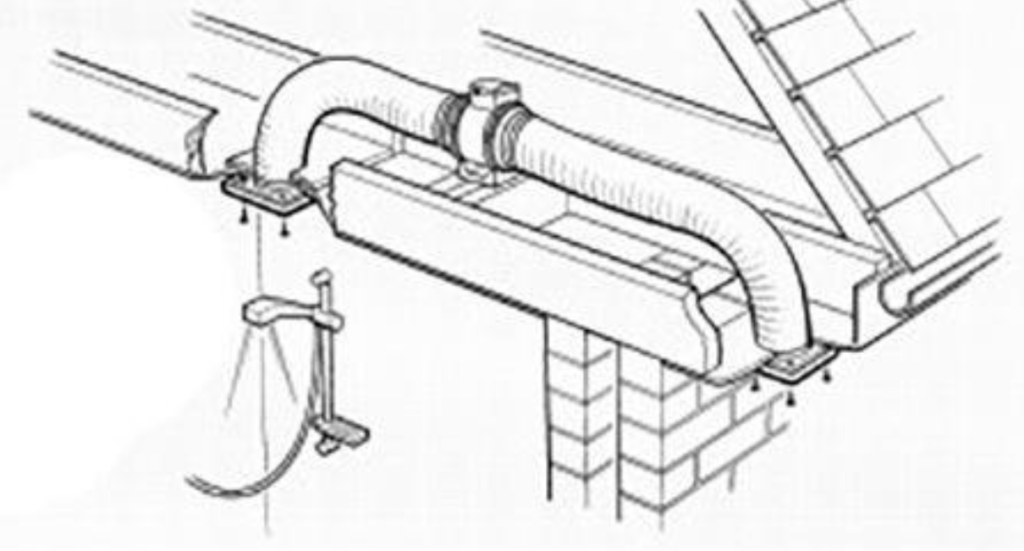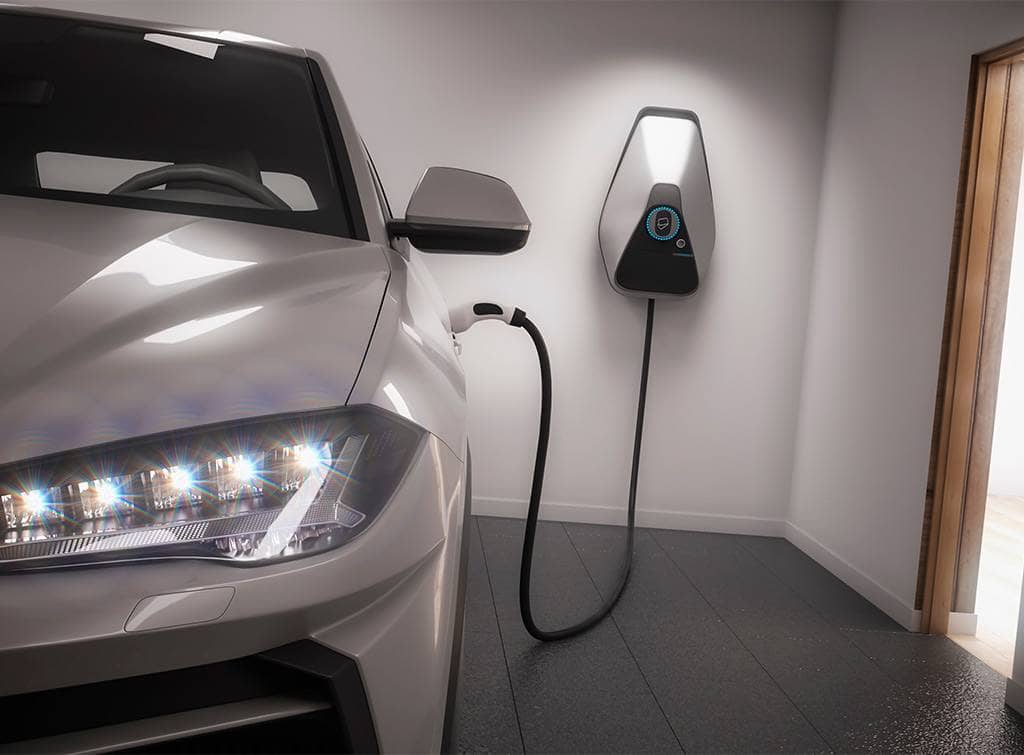When should you use an inline extractor fan?

In this article, we'll cover:
Much higher extraction rates
The most powerful wall mounted 4-inch axial fan (the Silent Tornado from Vents) offers 97m3/hr in lab test conditions. Whilst this isn’t bad, most standard 4-inch inline fans are considerably more powerful.
The extraction rates of three of the UK’s most popular inline fans are:
- Airflow Aventa – 187m3/hr
- Vent Axia ACM100 – 220m3/hr
- Vents Turbo Tube Pro – 245m3/hr
Even the least powerful of these models is nearly twice as effective as the best axial fan. As a result, moisture and odour are removed quicker, reducing the likelihood of damp and mould formation.
Longer duct runs
The impeller arrangement in an inline fan is commonly known as ‘mixed flow’. This refers to the fact it combines the airflow characteristics of both centrifugal and axial impellers.
This combination of impeller types results in greater exhaust pressures. The extracted air is pushed through longer lengths of ducting and round any necessary bends without significantly affecting performance.
Standard wall mounted axial fans are designed to be ducted straight through the wall and most struggle on duct runs over 4 metres. Any duct run of that length usually has bends in it too. Inline fans can comfortably sit on duct runs of up to 10m – and remember, the extraction rate is far higher to start with.
No electrics or ‘making good’ in the bathroom
Inline fans sit in the ceiling void or loft above the bathroom. Ducting is attached to the exhaust spigot and runs to the external grille which is usually situated under the eaves. Meanwhile, ducting is attached to the extract spigot and run to the discreet grille in the bathroom ceiling.
The fan is wired into the lighting circuit so that it comes on when the user turns on the bathroom light. This is often done using pre-existing cables in the loft above the bathroom.
There are no electrics in the bathroom and probably best of all – no re-plastering, painting or tiling needs to be done after installation. This cuts costs, saves time and is easier than installing a wall-mounted axial fan.
Duct from right above the shower or bath
Wall-mounted fans are usually installed on the bathroom’s external wall. But this may be the opposite side of the bathroom to the shower or bath where the steam is generated. This vastly increases the opportunity for moisture and condensation to form on cold walls.
By contrast, regardless of where the inline fan is installed in the loft, the duct point can be directly above the shower or bath. Steam is extracted at the source and very little ambient moisture pervades the rest of the bathroom. Even after a long shower, the mirror is still clear.
In summary, if you’re investigating a ventilation solution and you have space above the bathroom, an inline fan should be your first consideration.
Find out more at Extractor Fan World.
Blog written and provided by The Extractor Fan World Team





No comments yet!